Antique clocks are not just timekeeping devices; they are also windows into the past, reflecting the craftsmanship and design aesthetics of bygone eras. For collectors and enthusiasts alike, distinguishing a genuine antique clock from a modern reproduction or a well-crafted replica is essential. In this comprehensive guide, we will explore the various factors and techniques to help you determine whether a clock is truly an antique. Learn how to identify antique clocks.
1.) Understanding Different Types of Clocks
Before exploring into the identification process, it is crucial to have a basic understanding of the different types of antique clocks. There are various styles, including longcase grandfather clocks, mantel clocks, wall clocks, and carriage clocks, each originating from different periods in history. Familiarizing yourself with the characteristics of these types will aid in narrowing down the potential age of a clock.
2.) Examining the Construction
Antique clocks were often handcrafted with precision and attention to detail. Examine the materials used, as genuine antique clocks typically feature high-quality materials such as solid wood, brass, and glass. The joinery and craftsmanship should be indicative of the time period in which the clock was made.
3.) Checking the Movement
The movement, or the clock’s internal mechanism, is a crucial element in dating an antique clock. Early clocks had mechanical movements, powered by weights, springs, or pendulums. The presence of handmade gears, escapements, and other intricate components can suggest authenticity. Clock movements have underwent significant changes over the centuries, so understanding the evolution of clockwork mechanisms is vital.
4.) Dial and Numerals
The clock face, or dial, can provide valuable clues about its age. Early clocks often had hand-painted or enameled dials, while later periods saw the introduction of printed dials. Roman numerals were commonly used in the early years, transitioning to Arabic numerals as time progressed. Check for any inscriptions or maker’s marks on the dial, as these can be key identifiers.
5.) Case Design and Style
The design and style of the clock case can offer insights into its age and origin. Different periods favored specific shapes, decorative elements, and materials. For instance, elaborate wood carvings and intricate inlays were popular during the Renaissance, while sleeker, more streamlined designs became prevalent in the Art Deco period.
6.) Patina and Wear
Genuine antique clocks often exhibit signs of aging, including a natural patina on metal parts and wear on wooden surfaces. However, it’s essential to distinguish between authentic signs of age and deliberate attempts to mimic them. Examine the wear patterns, looking for consistent aging across various components.
7.) Provenance and Documentation
A clock with a documented history or provenance is more likely to be genuine. Look for any available documentation, such as receipts, family records, or previous appraisals. A clock that has been passed down through generations or has a known history can be easier to authenticate.
8.) Consulting Experts
When in doubt, seek the expertise of professionals, such as horologists or antique clock appraisers. They possess the knowledge and experience to evaluate the authenticity of a clock based on intricate details and historical context.
Identifying antique clocks is a rewarding pursuit that requires a combination of knowledge, observation, and research. By examining the construction, movement, dial, case design, and other factors, enthusiasts and collectors can unravel the mystery of a clock’s age and origin.


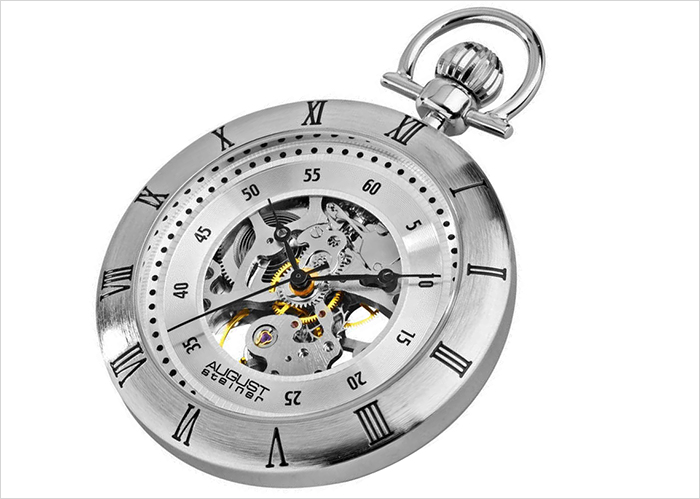
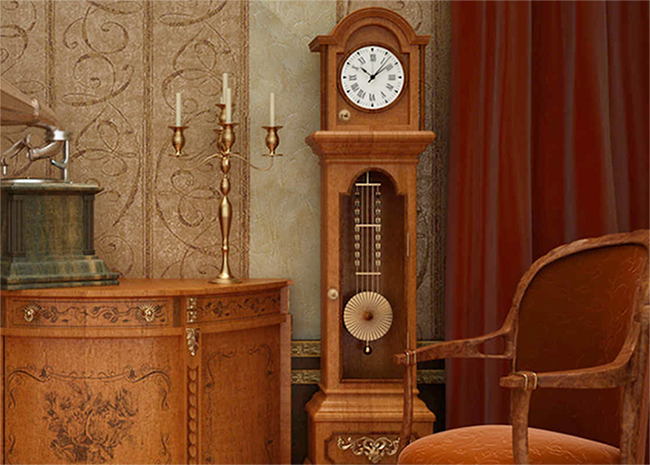
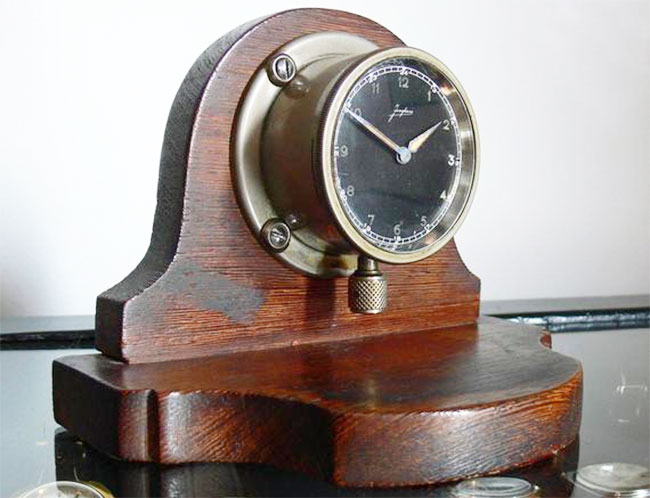

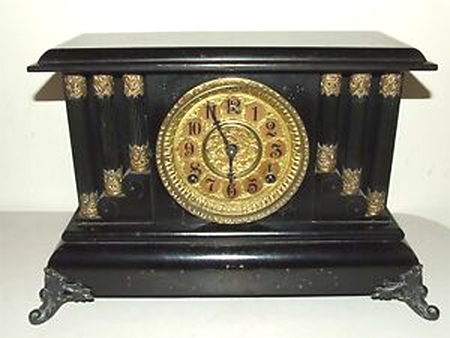



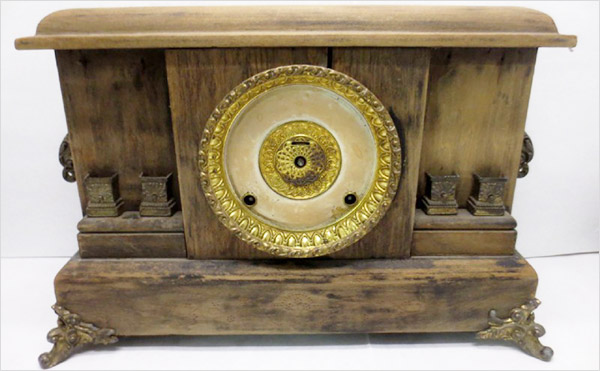
Leave a Reply